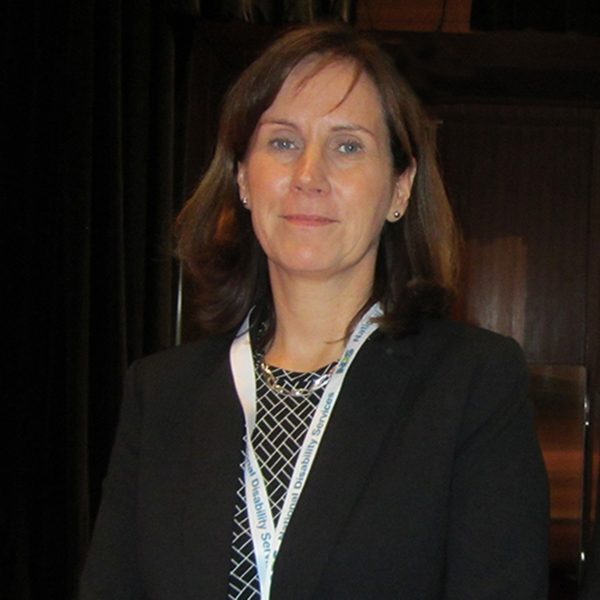Getting the original client service plans right is fundamental to getting the NDIS right. This was the view of Penny Knight from the Curtin University Not-for-Profit initiative. Speaking to F2L at the NDS NSW 2017 Conference, Knight said the first contract sets the benchmark for the following contracts.
Who is eligible and how much funding do they get? There is a lot of risk in the system, because of the way the planning is done and the number of plans that need to be defined and processed. If those first plans are a little over-generous this will push up the total cost of the system, she said.
“If these are even 5 to 10 per cent above the forecast average, and we have 5 to 10 per cent more people eligible, then the whole budget can blow out. The total cost could shift from $22 billion to something like $32 billion in the blink of an eye.
“Unfortunately, there is no such thing as unlimited resources so unless we find a way that can ensure all plans are equitable and reasonable, we will find those coming into the system later will get less benefit from the scheme. This would be totally unfair.
“What we do not need is a standard approach to the construction of plans because we know the majority of cost and service risk is attached to the higher cost plan. It makes sense to use more supervision of the initial plan and to ensure that the level of plan supervision reflects the range of needs of the participant and the total value of the plan. I am talking about packages from $80,000 to $100,000 which are going to represent the majority of funding but are a small proportion of the total participants. So focusing our resources in that direction and allowing for a lighter touch supervision of lower priced plans, say from $5,000 to $10,000, is critical to the success of the NDIS,” Knight said. “Otherwise, for these smaller value plans, we could spend as much in resources supervising their development as is provided to the participant in a year.”
There is also a need to find a way to enable the skills and experience of existing service providers to have input into planning at all levels, which means finding a way to effectively manage any conflict of interest concerns. It was also important to keep the support of the public and politicians because any budget blowout will result in a loss of public support, she said.
Knight is also noticing a growing shift from providers moving into other areas, notably therapy. One of the reasons for this is that therapy, along with another couple of areas is very well priced.
“The rates paid by organisations for therapy under NDIS are higher than previous block funded rates and also appear to offer higher returns than other NDIS services so it has become a very attractive area to go into. It is essential within the NDIS that pricing is structured correctly in order to balance supply and demand. However providers will follow market signals and go into areas that are well priced and avoid those that are less well priced. In many cases, this isn’t the providers’ first choice, but they have little choice if the prices for other services are too low to cover the cost of provision.”
Knight also warned there could be a surfeit of therapists where prices are more generous that may lead to an under-supply of services in sectors where prices are less generous.
“It is very easy to believe that disability organisations are exclusively providing disability services when many are also providing services for aged care and child care amongst others. This means they are in a strong position to move their service division from disability into another sector because they are not constrained into the disability sector.”
The low barriers to exit the disability sector means that supply is more sensitive to pricing. If organisations were exclusively in disability more resource investment is required for encouraging them to leave, but while they are already in other markets it is easy to move services. That means government needs to ensure internal pricing, not just within the NDIS but across the social services area is well balanced in order for organisations to provide services where they are needed, she said.
“One thing to come out of the conference and the results from our research is that service providers do not feel their voices are being heard by the NDIA. We have strong feedback from our surveys that service providers want to work more closely with the NDIA. Most of these organisations are NFPs who work hard every day to get the best for their clients and have immense knowledge of service provision. We have an enormous resource in our existing suppliers who are hugely motivated to get it right. We need to acknowledge those resources and bring the skills of suppliers into the process rather than work within a system where providers have to be kept at arm’s length,” Knight said.

